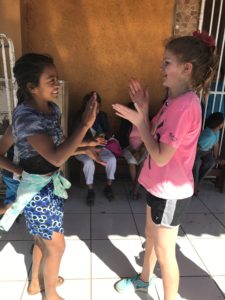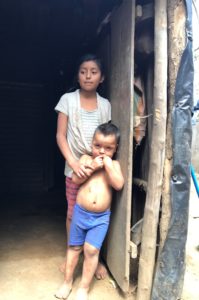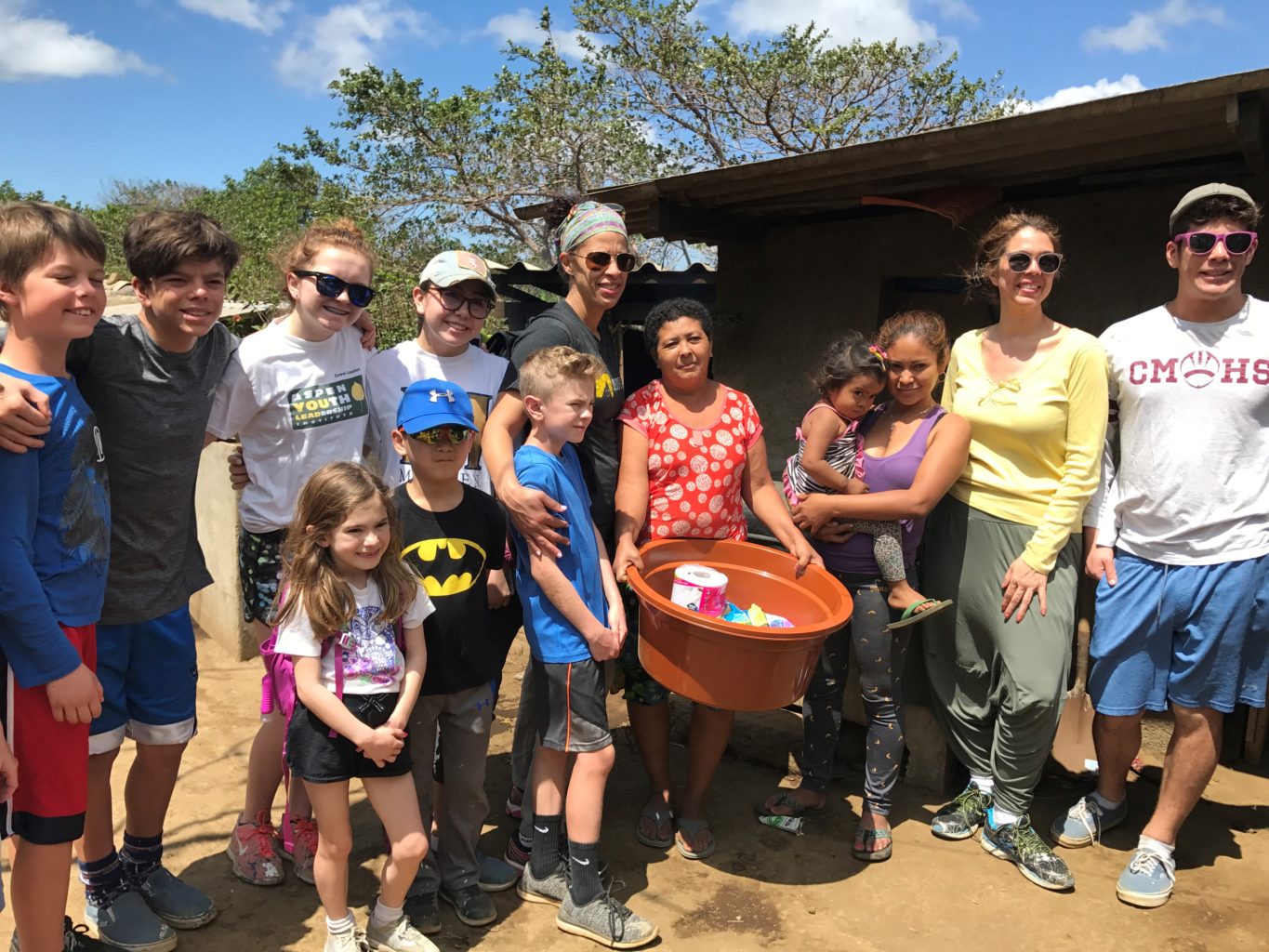Blog
Winds of Change: My Three Days in Nicaragua
I recently traveled to Nicaragua to aid with repairs in a medical clinic and surrounding community. On the first day, our group of 39—20 adults and 19 kids—loaded into vans outside our hotel in Managua and drove southwest to the small village of El Crucero. The 40-minute drive finished at the end of a dirt road where the Susie Syke Clinic sits slightly elevated above the village. It is this cement building with its orange roof that provides life-saving medical and dental care to the people of El Crucero. It is also the place that children can rely on for one hot meal a week.
The clinic is surrounded by barren land dotted with houses resembling sheds—some made of cement, some of mixed plastics and metal, and others a combination of whatever happened to blow by and get trapped in the coarse grass or low-lying brush. Behind the clinic, you can make out the Masaya Volcano, the majestic mountain that has been El Crucero’s nemesis for years. Sitting downwind from Masaya, the land is continually exposed to sulfur dioxide that the volcano expels. This invisible gas is the culprit for limited vegetation and deterioration; it is responsible for the many ailments of the people of El Crucero. Coupled with unclean water, persistent illnesses such as skin rashes, eczema, asthma, bronchitis, pneumonia, and stomach parasites plague many.
Our Work
For three days we painted and made repairs to the clinic. An exam room and bathroom walls were covered over in light blue. Across the street from the clinic, a new school was painted navy blue and white, and the sign that welcomes people to the clinic was given new life.
Although these tasks were vitally important, it was the continuous interactions with the beautiful people of this village that really fostered change. Arts and crafts, soccer and football, dancing, and hand-clapping games became the universal language. With baskets filled with nutritious food, we walked along dirt paths and delivered it to those most isolated. And we held hands in circles of prayer, bringing tears to those receiving and giving.
The Winds of El Crucero

There is always a wind blowing through El Crucero. In the dry season, the wind can move the roofs up and down, while other times it may be just enough to keep the heat at bay. With few trees to absorb the wind, the dirt coating the village floor becomes a continuous cloud of dust, depositing itself into your lungs, nose, ears, hair, and on every piece of exposed skin. We shielded our eyes, wore glasses to protect them, and winced when the dirt still found its way in. It was as if the people of El Crucero were immune to it. They have been pelted by the dirt and blown by the wind since they were born.
When we got back to the hotel each night, we simply rinsed away the dirt, coating the white washcloths with a yellow-brown hue. The village people may or may not have had enough unclean water to wipe their faces. They may or may not have had very small portions of rice and beans before they retired to their mattresses on the floor. Perhaps the wind kept them up as it whipped through the cracks in the plastic and shook the metal, or maybe they slept right through it—after all, they’ve become one with the wind.

After these three days, we said our goodbyes to the people of El Crucero, receiving many hugs, smiles, and unspoken words of hope that they would see us again. In a few months, another group will join them to color more pictures and string more necklaces.
You see, we were 39 winds that blew into El Crucero—each wind touching those it came up against, blowing in love, compassion, hopefulness, and joy. These are the winds of change. These winds are essential to this infertile land. I can’t help but wonder that if we continue to bring our wind to places in need, that maybe our eyes won’t need shielding from the dust.

